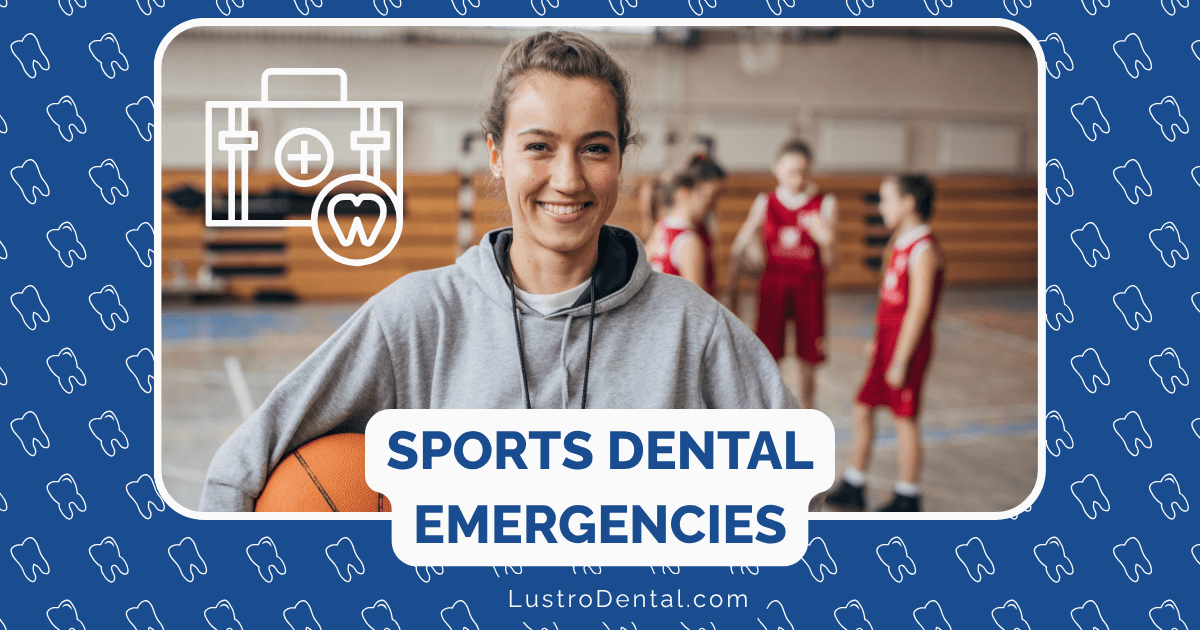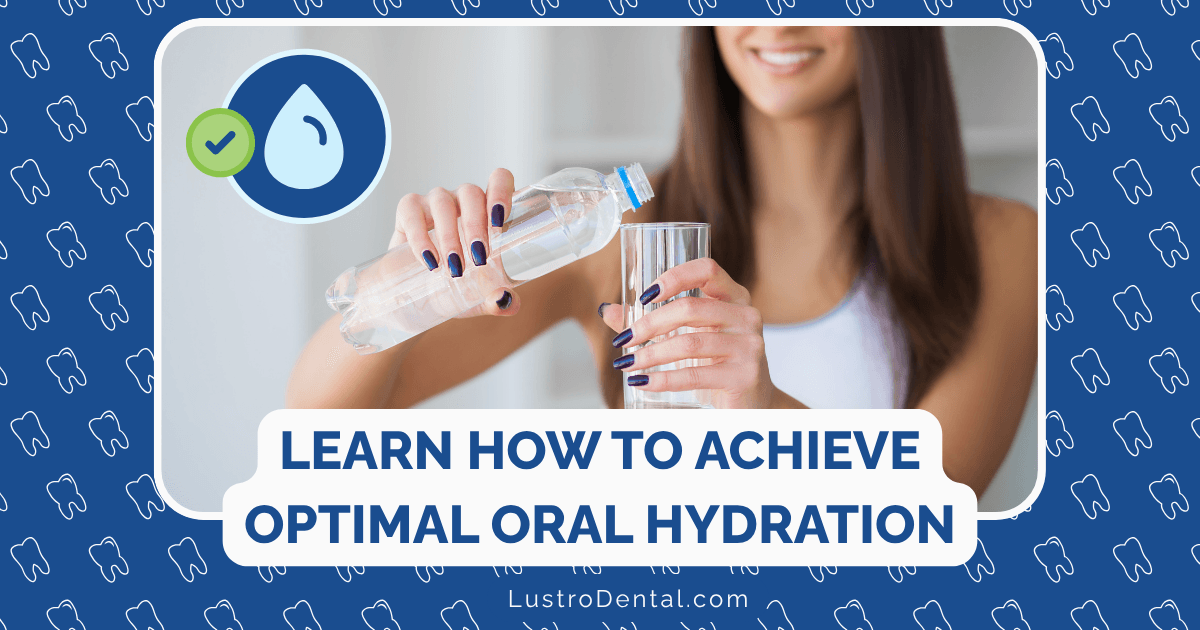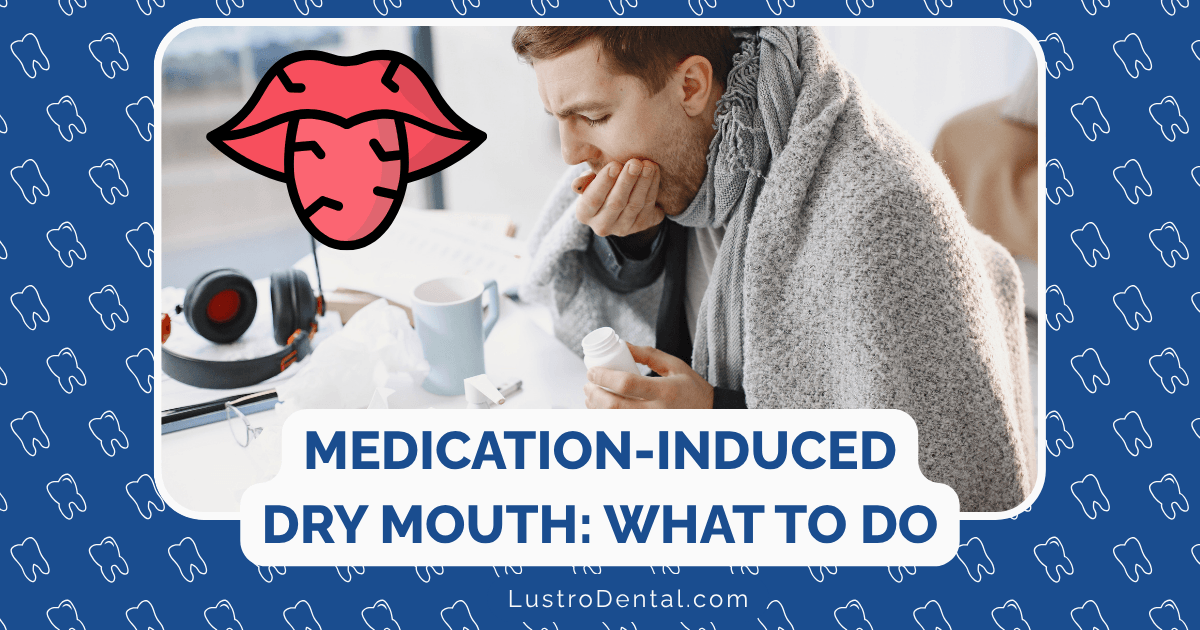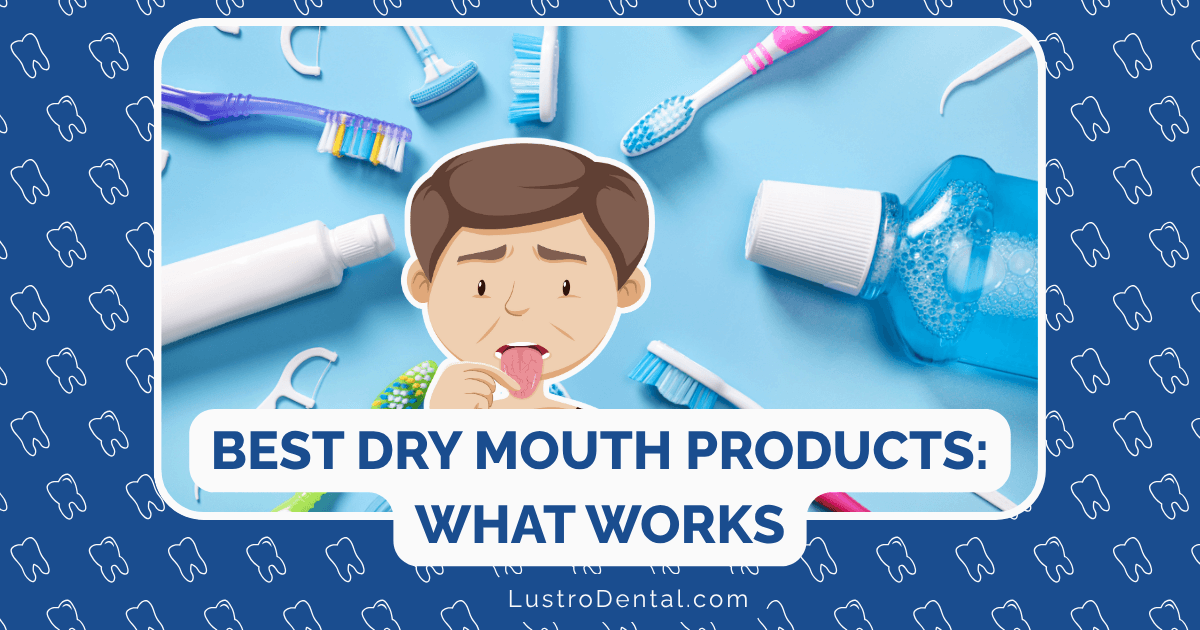Emergency Dental Care for Sports Injuries: What Coaches Should Know

As a coach, you’re often the first responder when an athlete sustains an injury on the field, court, or track. While you may feel prepared to handle sprains, strains, and even concussions, dental emergencies can be particularly challenging—and the actions you take in those critical first minutes can literally save an athlete’s tooth and prevent lifelong dental complications.
Dental injuries account for nearly one-third of all sports-related injuries in children and adolescents, with the financial burden of a single avulsed (knocked-out) tooth potentially exceeding $15,000 over a lifetime. Yet studies show that most coaches lack specific training in dental trauma management, with one recent survey finding that only 9% of youth sports coaches had received any formal education on handling dental emergencies.
This comprehensive guide will equip you with the knowledge and protocols you need to respond effectively to sports-related dental emergencies, potentially saving teeth, reducing pain, and improving long-term outcomes for your athletes.
Common Dental Emergencies in Sports
Understanding the types of dental injuries that commonly occur in sports settings is the first step in preparing to manage them effectively:
1. Tooth Avulsion (Knocked-Out Tooth)
This is perhaps the most time-sensitive dental emergency. When a tooth is completely knocked out of its socket, the window for successful replantation is extremely narrow—ideally within 30 minutes, with the best outcomes occurring when the tooth is replanted within 5 minutes.
Key facts:
- Permanent teeth can be saved if proper emergency steps are taken
- Primary (baby) teeth are typically not replanted
- Every minute counts—tooth survival rate decreases significantly with time
2. Tooth Fractures
These range from minor chips to severe fractures involving the tooth’s pulp (nerve and blood vessel tissue):
- Enamel fractures: Only the outer layer of the tooth is affected
- Enamel-dentin fractures: Deeper damage that may cause sensitivity
- Complicated crown fractures: Expose the pulp, causing pain and bleeding
- Root fractures: May not be visible but can cause mobility and pain
3. Tooth Luxation (Displacement)
These injuries involve teeth that are loosened or pushed out of position but remain partially in the socket:
- Intrusion: Tooth is pushed into the socket
- Extrusion: Tooth is partially pulled out of the socket
- Lateral luxation: Tooth is displaced sideways
4. Soft Tissue Injuries
Cuts, lacerations, and bruising to the lips, cheeks, tongue, and gums often accompany dental injuries and may require their own treatment.
Emergency Response Protocols for Coaches
When a dental injury occurs, follow these step-by-step protocols based on the type of injury:
For a Knocked-Out (Avulsed) Tooth
This is a true dental emergency where minutes matter. Follow these steps immediately:
- Remain calm and reassure the athlete
- Your composure will help the injured athlete stay calm
- Find the tooth
- Locate the tooth quickly, searching the playing area if necessary
- Handle it only by the crown (white part), never touch the root
- Assess the tooth
- If it’s a permanent tooth, proceed with preservation steps
- If it’s a baby tooth, preservation isn’t necessary (but still seek dental care)
- Rinse the tooth gently if dirty
- Use milk, saline solution, or even the athlete’s own saliva
- DO NOT use tap water, as it can damage root cells
- DO NOT scrub, wipe, or remove any tissue fragments from the tooth
- Attempt replantation if possible
- The ideal solution is immediate replantation
- Gently insert the tooth back into its socket, oriented correctly
- Have the athlete bite down gently on gauze or cloth to hold it in place
- If replantation isn’t possible, preserve the tooth properly
- First choice: Place in a Save-A-Tooth kit containing Hank’s Balanced Salt Solution
- Second choice: Cold milk (ideally whole milk)
- Third choice: Athlete’s own saliva (have them hold it in their cheek if they’re conscious and old enough)
- Last resort: Saline solution or water with a pinch of salt
- NEVER store in plain water, tissue, or let it dry out
- Seek immediate dental care
- Transport the athlete and preserved tooth to a dentist immediately
- Call ahead to alert the dental office about the emergency
For Tooth Fractures
- Assess the severity
- Look for bleeding from the tooth (indicates pulp exposure)
- Note whether the fracture affects a small portion or large part of the tooth
- Collect any fragments
- Find and save any broken tooth pieces
- Store them in milk or saline solution
- Rinse the mouth
- Have the athlete gently rinse with cool water
- Apply pressure to control bleeding
- Use clean gauze or cloth
- Apply gentle pressure for 10 minutes
- Reduce pain and swelling
- Apply a cold compress to the outside of the face
- Do not apply aspirin directly to the gum (this is a harmful myth)
- Seek dental care
- All tooth fractures should be evaluated by a dentist
- For pulp exposure (bleeding from the tooth), seek immediate care
- For minor chips, care can wait until the next day if necessary
For Displaced Teeth (Luxation)
- Do not attempt to reposition
- Unlike avulsed teeth, displaced teeth should generally be repositioned by dental professionals
- Control bleeding
- Apply gentle pressure with gauze
- Apply cold compress
- Reduce swelling with a cold pack to the outside of the face
- Seek immediate dental care
- All luxation injuries require prompt professional attention
For Soft Tissue Injuries
- Clean the area
- Rinse gently with water or saline solution
- Control bleeding
- Apply pressure with clean gauze for 10-15 minutes
- If bleeding doesn’t stop, seek emergency medical care
- Reduce swelling
- Apply cold compress to the outside of the injured area
- Assess for dental involvement
- Check if the soft tissue injury is accompanied by dental trauma
Essential Items for a Sports Dental Emergency Kit
Every coach should maintain a dental emergency kit as part of their standard first aid supplies. Include these items:
- Save-A-Tooth kit: Contains Hank’s Balanced Salt Solution for preserving knocked-out teeth for up to 24 hours
- Small container with lid: As backup for tooth storage
- Milk boxes (shelf-stable): Alternative storage medium for avulsed teeth
- Saline solution: For rinsing wounds and as a secondary storage medium
- Clean gauze pads: For controlling bleeding
- Cotton rolls: To isolate areas and absorb blood
- Disposable gloves: For handling injuries safely
- Cold packs: To reduce swelling and pain
- Dental wax: To cover sharp edges of broken teeth
- Temporary filling material: For covering sensitive exposed areas
- Tongue depressors: For examination
- Small flashlight: For better visibility
- Pain relievers: Age-appropriate, non-aspirin pain medication
- Emergency dental contact information: Local dentists who handle emergencies
This kit should be checked regularly, with particular attention to the expiration date on the Save-A-Tooth solution, which typically has a two-year shelf life.
Prevention Strategies Coaches Should Implement
While knowing how to respond to dental emergencies is crucial, prevention remains the best approach:
1. Mandate Appropriate Mouthguards
- Require mouthguards for all contact and collision sports, even if not mandated by your league
- Educate on proper fit: Poorly fitted mouthguards offer inadequate protection
- Promote custom-fitted mouthguards: These provide superior protection compared to stock or boil-and-bite options
- Ensure proper use: Mouthguards should be worn during all practices and games, not just competitions
2. Enforce Safety Rules and Proper Technique
- Teach proper body positioning to minimize risk of facial impacts
- Enforce rules against dangerous play that could lead to facial injuries
- Emphasize awareness of surroundings during play
3. Create a Culture of Safety
- Lead by example: Wear mouthguards yourself during demonstrations
- Discuss dental safety regularly with athletes and parents
- Recognize and praise athletes who consistently use protective equipment
4. Conduct Regular Equipment Checks
- Inspect mouthguards for wear and proper fit
- Ensure helmets and face masks are properly fitted and maintained
- Replace damaged equipment immediately
When to Seek Emergency Dental Care
Knowing when to seek immediate professional care is critical. Contact a dentist immediately for:
- Any knocked-out (avulsed) tooth
- Teeth that are loose, pushed in, or out of alignment
- Fractured teeth, especially if painful or sharp edges are exposed
- Severe pain or bleeding that doesn’t stop with pressure
- Injuries to the lips, tongue, or cheeks with significant bleeding
- Any dental injury accompanied by signs of concussion or jaw fracture
Building Relationships with Dental Professionals
Establishing connections with dental professionals before emergencies occur can improve outcomes:
- Identify local dentists who handle sports emergencies
- Save emergency dental contacts in your phone and team emergency information
- Consider inviting a dentist to team meetings to discuss dental safety
- Consult with dental professionals about your emergency protocols annually
Coach Education and Training
Research shows that coaches who receive training in dental emergency management have significantly better outcomes when injuries occur:
- Seek formal training in sports dental emergency management
- Include dental emergencies in your regular first aid certification
- Practice scenarios with your coaching staff
- Stay updated on current best practices
A 2023 study found that after a single educational seminar, coaches’ knowledge about proper management of avulsed teeth increased from 20.5% to 71.8%, demonstrating the value of targeted education.
Communicating with Parents
Clear communication with parents about dental injuries is essential:
- Include dental emergency protocols in pre-season information
- Obtain dental insurance information as part of medical forms
- Document all dental injuries thoroughly
- Follow up after any dental incident to ensure proper care was received
Conclusion: Be Prepared, Act Quickly
As a coach, your quick and appropriate response to dental emergencies can make the difference between saving or losing a tooth. By understanding proper protocols, maintaining a well-stocked dental emergency kit, and promoting preventive measures, you create a safer environment for your athletes.
Remember these key takeaways:
- Time is critical—especially for knocked-out teeth
- Proper storage of avulsed teeth is essential for successful replantation
- Prevention through appropriate mouthguards and safety protocols is the best strategy
- Building relationships with dental professionals before emergencies occur improves outcomes
By incorporating these guidelines into your coaching practice, you’ll be better equipped to handle dental emergencies when they occur, potentially saving teeth and preventing lifelong dental complications for the athletes in your care.
Disclaimer: This article is for informational purposes only and does not constitute medical or dental advice. Always consult with qualified healthcare providers regarding any medical or dental conditions or concerns.







